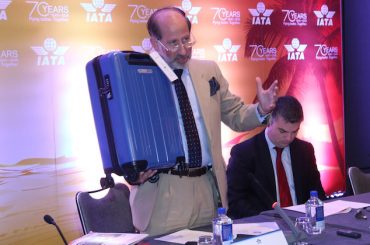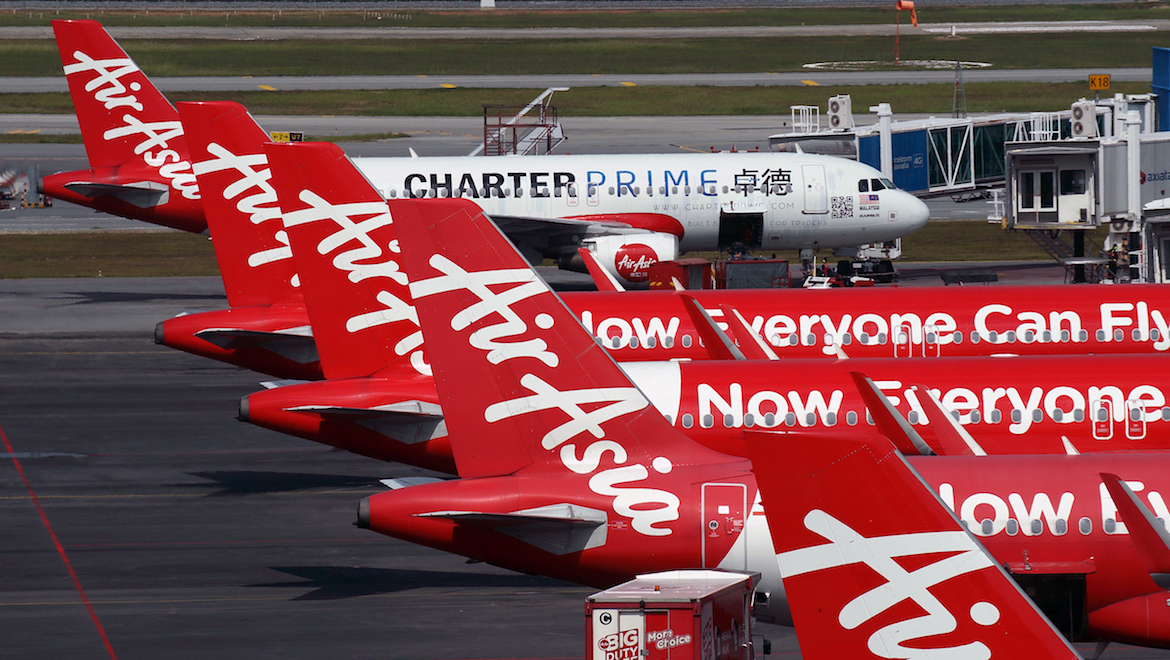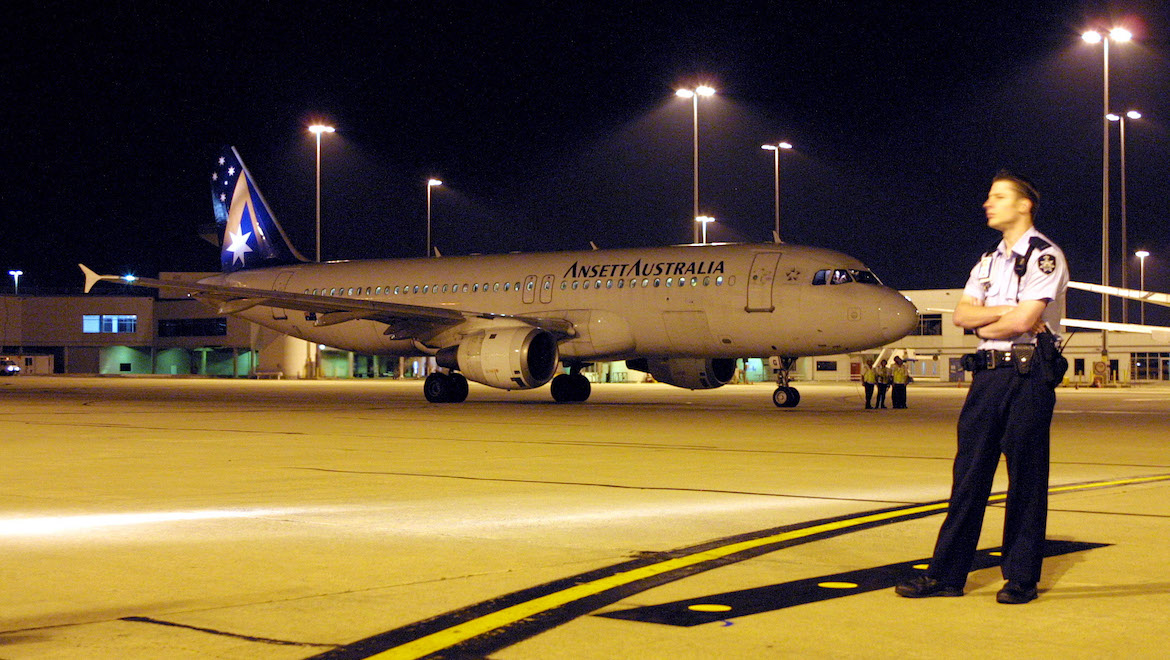This snippet from the World of Aviation #3 Edition speaks about homegrown flight training when Denise McNabb travelled to Dubai as a guest of Emirates. Become a member for the full story.
 Pilots are, as we all know, a hot commodity. The global airline industry will need around 804,000 new civil aviation pilots in commercial and business aviation and for civil helicopters over the next 20 years.
Pilots are, as we all know, a hot commodity. The global airline industry will need around 804,000 new civil aviation pilots in commercial and business aviation and for civil helicopters over the next 20 years.
The forecast from Boeing’s 2019 Pilot and Technician Outlook, based on assumptions of retirement, attrition and fleet growth is not lost on Captain Abdulla Al Hammadi, vice president of the Emirates Flight Training Academy (EFTA), situated 37 kilometres south-west of Dubai.
The cutting-edge facility, opened during the 2017 Dubai Air Show, is already at its present capacity of 253 students, of 30,000 worldwide applicants.
“It was a bit of a surprise to us but it was easy to start with our own [UAE] students first,” Al Hammadi tells the World of Aviation. EFTA’s first intake of 17 recruits will join the Emirates jet fleet after graduating in March.
But Captain Abdulla, as his charges call him, a former Emirates B777 pilot who played a pivotal role in getting EFTA up and running, is already planning ahead to when the facility will cater for 600 aspiring pilots from around the world.
“We are looking to attract and train young and keen talent, who will become career-ready after graduation and help address the regional and global shortage of skilled commercial pilots,” Al Hammadi explains.
At a minimum, students complete at least 1,100 hours of ground training, 130 hours of simulator flying and 185 hours of aircraft flying. An Emirates first officer requires a minimum of 2000 hours.
The standard Airline Transport Pilot’s Licence course takes 21 months, but with foundation courses it can extend to 43 months. Trainees are put through a series of aptitude and character assessments to ensure they are suitable for becoming pilots before being recruited. Al Hammadi says the drop-out rate is around three per cent since the doors opened.
On the ground, each of the 36 classrooms, spread over four floors of the academy, have large, split touchscreens where every aspect of flying taught by the instructors is synchronised with students’ tablets in paperless rooms, creating an interactive training environment. They use bespoke, integrated software encompassing the newest flight training techniques and a progressive curriculum created in a partnership between EFTA and Boeing.
The ground school is integrated into a fully operational private airport at Jebel Ali, near the lightly used Dubai World Central (Al Maktoum) airport, with a 1.8km runway with modern navigational aids and lighting, an independent air traffic control tower, rescue and firefighting services, a maintenance centre, BP technology to prevent misfuelling, and in a hangar with the shiniest floor a brand new fleet is housed for student use.
The academy has 22 Cirrus SR22 G6 single-engine piston aircraft with built-in ballistic parachute recovery systems — a safeguard for trainee pilots because of the aircraft’s ability to deploy the chute and glide the plane without power at certain speeds. It also operates five Embraer Phenom 100EV light jets, and was a launch customer for this aircraft, with its cruise speed of over 400kts.
Trainees start flying the Cirrus aircraft before progressing to the Phenoms, which have the industry’s first touchscreen glass flight deck for light turbine aircraft and a cockpit that prioritises human factors.
The aircraft also have airline-grade computer systems that prepare students for flight operations when they become commercial airline pilots.
“It’s an ideal entry-level aircraft for jet pilot training and gives students a head start on multi-engine commercial airlines,” Al Hammadi says.
The academy encourages female applicants, with nine in the present Emirati intake. Latifia Al Mansoori, the first female cadet, flew solo in September. International students, however, are currently less numerous: there are presently two students from Australia and one each from the United Kingdom, Egypt, Italy, Bahrain and the United States.












